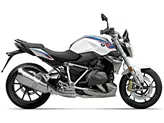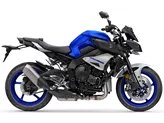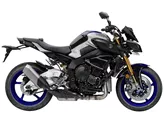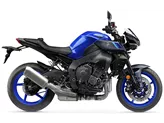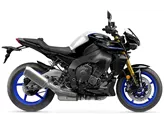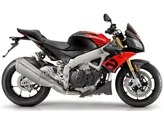Yamaha MT-10 2016 vs. BMW S 1000 R 2015

Yamaha MT-10 2016

BMW S 1000 R 2015
Overview - Yamaha MT-10 2016 vs BMW S 1000 R 2015
The Yamaha MT-10 2016 and the BMW S 1000 R 2015 are both naked bikes with similar engine types, power, torque, and number of cylinders. The Yamaha MT-10 has a displacement of 998ccm, while the BMW S 1000 R has a displacement of 999ccm. Both bikes have upside-down telescopic forks for the front suspension and swing arms with monoshocks for the rear suspension. The frames of both bikes are made of aluminum, with the Yamaha MT-10 having a Deltabox frame and the BMW S 1000 R having a Twin Tube frame. Both bikes have double disk brakes at the front.
In terms of advanced rider assistance systems, the Yamaha MT-10 comes with ABS and traction control, while the BMW S 1000 R offers dynamic suspension. The front and rear tire dimensions are the same for both bikes, with a width of 120mm and a diameter of 17 inches. The wheelbase of the Yamaha MT-10 is 1400mm, while the BMW S 1000 R has a slightly longer wheelbase of 1439mm. The seat height of the Yamaha MT-10 is 825mm, while the BMW S 1000 R has a slightly lower seat height of 814mm. The Yamaha MT-10 has a kerb weight of 210kg with ABS, while the BMW S 1000 R weighs slightly less at 207kg with ABS. Both bikes have a fuel tank capacity of around 17 liters.

Yamaha MT-10 2016
Now, let's discuss the strengths of each bike. The Yamaha MT-10 is known for its CP4 engine, which gives it a strong character and provides a thrilling riding experience. It is also extremely agile and offers high-speed stability. The brakes on the Yamaha MT-10 are strong, providing excellent stopping power. Additionally, the Yamaha MT-10 has an unmistakable sound, adding to its overall appeal.
On the other hand, the BMW S 1000 R has a powerful and well-controllable engine, which allows for a dynamic and exhilarating ride. The braking system on the BMW S 1000 R is also powerful, ensuring safe and efficient stopping. The seating position on the BMW S 1000 R is comparatively comfortable, making long rides more enjoyable.

BMW S 1000 R 2015
However, both bikes have their weaknesses. The Yamaha MT-10 is criticized for its poor comfort, with limited wind protection and a hard fit. The BMW S 1000 R, on the other hand, has some expensive optional extras that may be hard to resist for some buyers. The chassis of the BMW S 1000 R is also considered to be hard, which may impact the overall comfort of the ride. Additionally, some riders have reported vibrations in the handlebars of the BMW S 1000 R.
In conclusion, the Yamaha MT-10 2016 and the BMW S 1000 R 2015 are both powerful and exciting naked bikes. The Yamaha MT-10 offers a strong character, agility, and high-speed stability, while the BMW S 1000 R provides a well-controllable engine, powerful brakes, and a comparatively comfortable seating position. However, the Yamaha MT-10 may lack comfort and wind protection, while the BMW S 1000 R has some expensive optional extras and potential vibrations in the handlebars. Ultimately, the choice between these two bikes will depend on the rider's preferences and priorities.
Technical Specifications Yamaha MT-10 2016 compared to BMW S 1000 R 2015
Pros and Cons in comparison
Pros and Cons in comparison
Yamaha MT-10 2016

The short and stocky MT-10 is the furthest away from the R1 superbike of the renowned power naked bikes, both in terms of looks and chassis, but the heart of the MT-10 is directly descended from the racetrack weapon and fascinates with a uniquely raw sound and power from below thanks to the typical crank pin offset, which, with a modified firing order, ensures this unique character. The resulting 160 hp therefore only seem a little weak on paper compared to the more than 200 hp of the R1, in reality the MT-10 also ignites incredible fireworks. The suspension would probably be too soft for the race track, but it is just right for a country road fight, and the brakes do the same - probably only acceptable for the track, but perfect for the country road.
BMW S 1000 R 2015
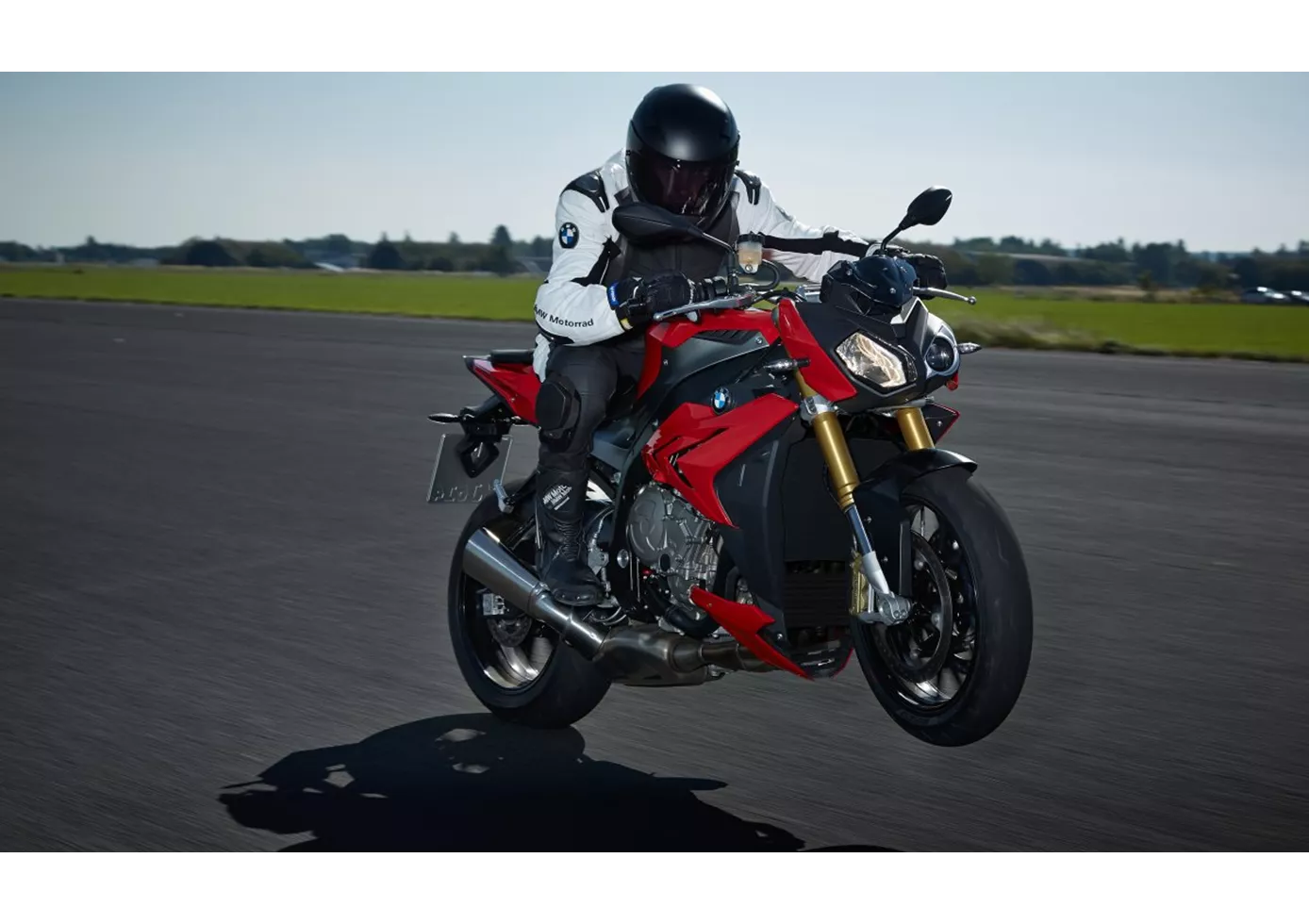
With the BMW S 1000 R, you notice both the close relationship to the S 1000 RR superbike and the endeavour to equip the machine with a high degree of comfort for country roads and everyday use. Accordingly, the 1000cc four-cylinder power unit is brute and yet easily controllable, and the seating position is correspondingly sporty and comfortable. The fact that the S 1000 R is one of the most affordable power naked bikes is surprising and very pleasing, although one must not get hold of the list of optional extras - because thanks to the many irresistible features, it will certainly be more expensive.
Price Comparison Avarage Market Price Yamaha MT-10 vs BMW S 1000 R
There are a few key differences between a Yamaha MT-10 2016 and a BMW S 1000 R 2015. In terms of price, the actual average prices of both motorbikes are almost the same. A Yamaha MT-10 2016 experiences a loss of 810 GBP in one year and 1,870 GBP in two years of ownership. This is offset by a loss of 260 GBP and 610 GBP for a BMW S 1000 R 2015. Compared to BMW S 1000 R 2015 there are less Yamaha MT-10 2016 bikes available on the 1000PS.de Marketplace, specifically 7 compared to 12. It takes less time to sell a BMW S 1000 R with 61 days compared to 97 days for the Yamaha MT-10. Since model year 2016 1000PS.de editors have written 32 reviews for the Yamaha MT-10 and 62 reviews for the BMW S 1000 R since model year 2014. The first review for the Yamaha MT-10 was published on 17/11/2015 and now has more than 20,700 views. This compares to more than 17,300 views for the first review on BMW S 1000 R published on 03/11/2013.



